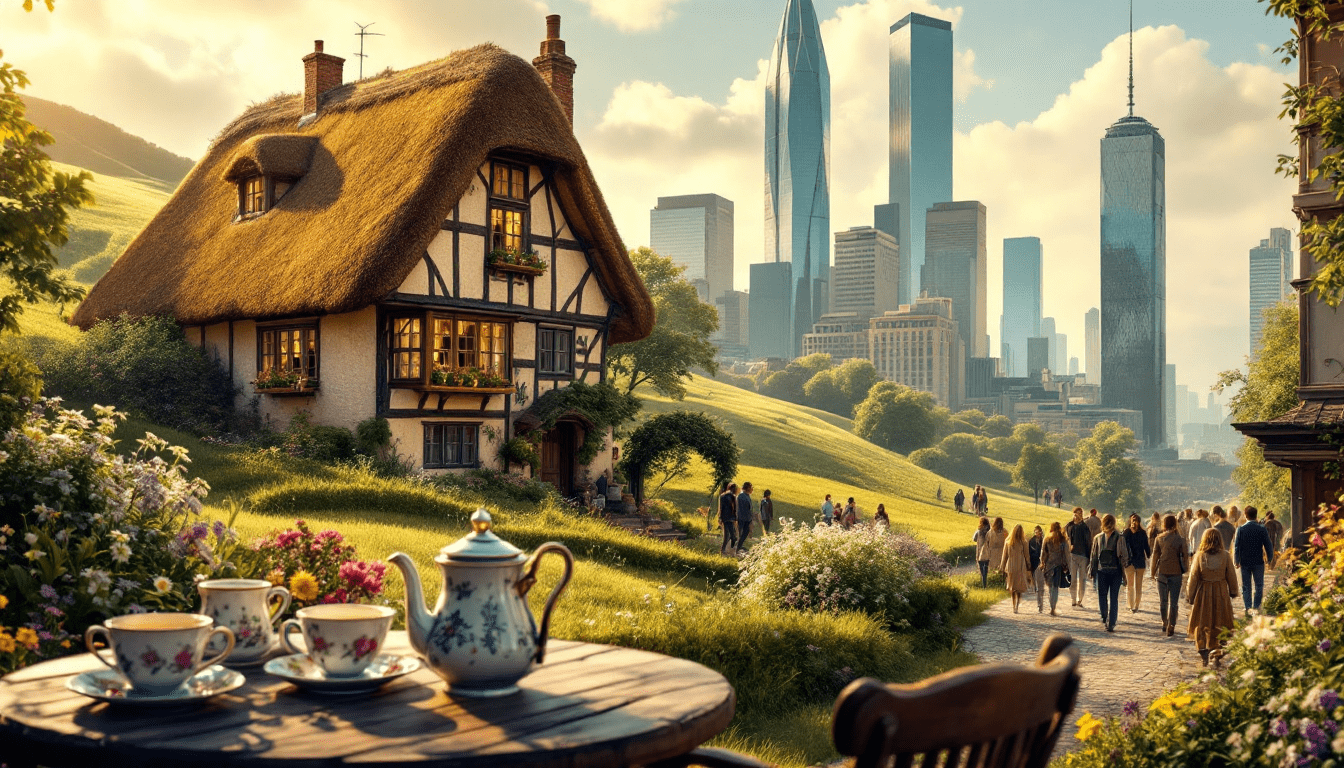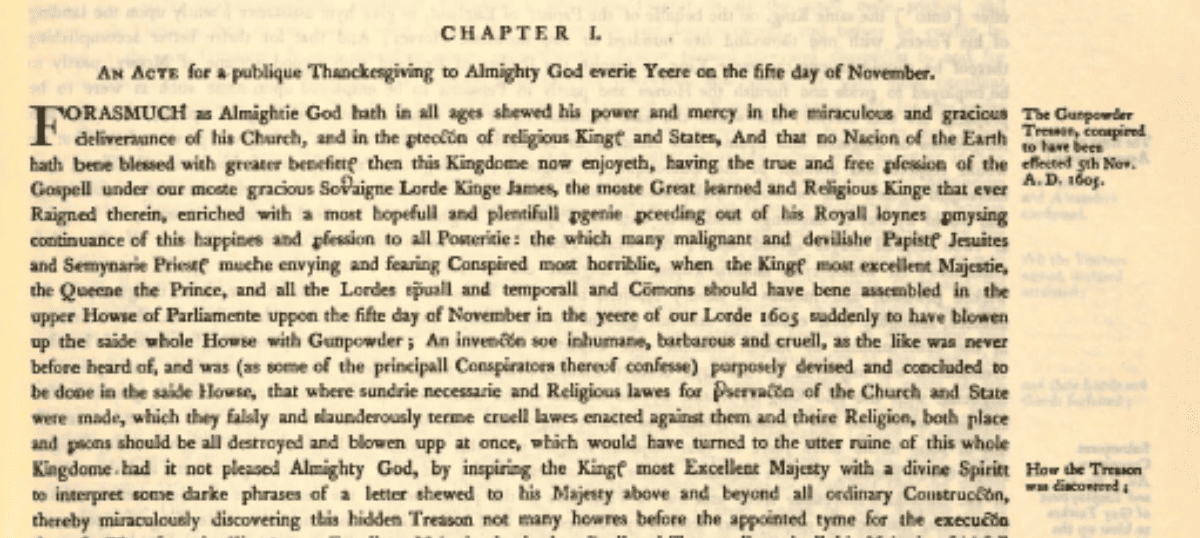The Shifting English Aesthetic: A Cultural Reflection from Across the Atlantic
England's cultural identity has shifted from refined tradition to global uniformity and self-critique, diluting its distinctive character. While revival movements emerge, the nation struggles between preserving heritage and embracing change, leaving Americans mourning England's lost cultural anchor.





